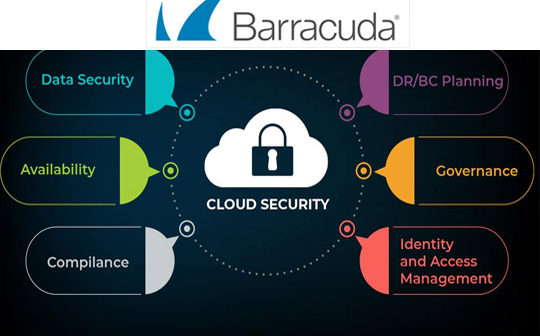
Barracuda Networks has announced new capabilities for its Cloud Application Protection platform. These include client-side protection, the ability to deploy containerised WAF nodes, and an auto-configuration engine.
Highlights of Cloud Application Protection 2.0 include:
- Client-Side Protection — This new feature automatically creates and deploys protections against website skimming and supply chain attacks such as MageCart. These types of attacks are performed by infecting a script that is loaded directly by the browser, meaning that WAFs are unable to detect them. Cloud Application Protection 2.0 adds both protection and reporting capabilities against these attacks.
- Containerized WAF deployment — This new deployment option brings the same security engine as Barracuda WAF and WAF-as-a-Service, but in a container form. As more applications are now deployed in containers, they can now be protected.
- Auto-Configuration Engine — The Auto-Configuration Engine uses machine learning models to check an organisation’s traffic patterns and provide recommendations to tighten security settings, reducing administrative overhead.
- Active Threat Intelligence — This cloud-based machine learning-enhanced service provides near real-time active threat intelligence to detect and stop new threats as they occur. Barracuda Active Threat Intelligence brings together the Barracuda Vulnerability Manager, Barracuda Vulnerability Remediation Service, Barracuda Advanced Threat Protection, and Barracuda Advanced Bot Protection’s cloud layer, making it a single service that covers the full range from detection to remediation.
In addition to these features, Cloud Application Protection 2.0 adds an Azure Sentinel integration. Customers can also choose to create rules on Azure Sentinel to perform configuration tasks using the WAF API to close the feedback loop when newer attacks are detected.
A workbook that sets up an Azure Sentinel workspace with a dashboard specific to Barracuda WAF or WAF-as-a-Service is now available in the Azure portal, making it easy for administrators to deploy this integration.





